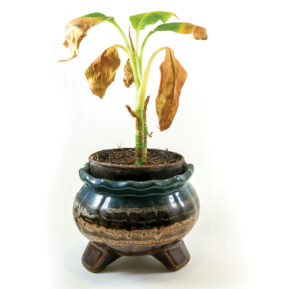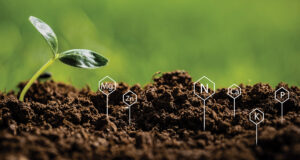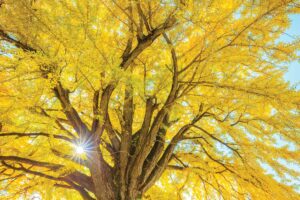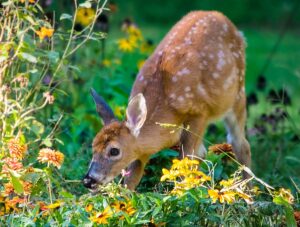 Here it is the dead of winter and there’s not much green outside except maybe for the conifers and hellebores. Depending on the temperatures some of the bulbs might be poking through.
Here it is the dead of winter and there’s not much green outside except maybe for the conifers and hellebores. Depending on the temperatures some of the bulbs might be poking through.
If we want the feeling of growth, we have to turn to our houseplants. Still, they don’t always stay green. Every now and then, and sometimes more ‘now’ than ‘then’, they turn yellow or at least start to turn yellow.
The common inquiry is “why is my plant turning yellow.” The common response is “because something is wrong with the environment.” And it can be everything from too much light to too little light, too much water or too little water, though the plant usually wilts first as an indicator. Too little humidity will do the same thing, as will too much fertilizer for those who are trying their hardest to get the plants to grow during a season where conditions aren’t ideal. And just to make it that much easier to diagnose, too little nutrients will do the same.
 Then, there is the temperature. Yep…too hot or too cold, though the former is usually coupled with low humidity. Most of our houseplants, whether from the tropics or deserts, would prefer warm day temperatures but cool night temperatures. And, cool means in the mid-50s F.
Then, there is the temperature. Yep…too hot or too cold, though the former is usually coupled with low humidity. Most of our houseplants, whether from the tropics or deserts, would prefer warm day temperatures but cool night temperatures. And, cool means in the mid-50s F.
The yellowing could be due to insects and related pests such as spider mites. It could be disease. Close inspection using a magnifying glass may be the best way to determine pests.
And to top it off, they become chlorotic, which is the fancy horticulture term for turning yellow, due to age. Sort of like the gray-hair syndrome for plants.
As you can see, it’s not always cut and dried. Most of the time it’s inter-related. Too much heat can dry out the air. Dreary winter days with overcast gray skies cuts down on the light; supplemental overhead or table lamps usually don’t provide the extra that plants need. Still, the extra is better than nothing. But, realize some plants are sunlight hogs while others prefer lower light conditions. Trying to grow sun-loving plants during the winter is always a challenge.
If you keep fertilizing the plants in the hopes they’ll grow without the needed light, you’ll just build up fertilizer salts in the soil. Those salts can be absorbed and tie up some of the other nutrients. Salts also can pull water out of the roots. Leaching the pots in the sink or shower once a month does help if you have the tendency to

over-fertilize.
Tinkering with the thermostat is great for the plants, though maybe not for you. Cooler is better, with at least a 15-20 degree difference between night and day. It’s easier for you to add layers than a plant. Mid 70s during the day is okay, but try for mid 50s at night. Lower temperatures also keep the air moister, though you may have to result to a humidifier if you have lots of plants.
The key is to get the plants through February and March. After that, the furnace isn’t on as much, and sunlight quality and quantity increases, making many plants happy. And you.









